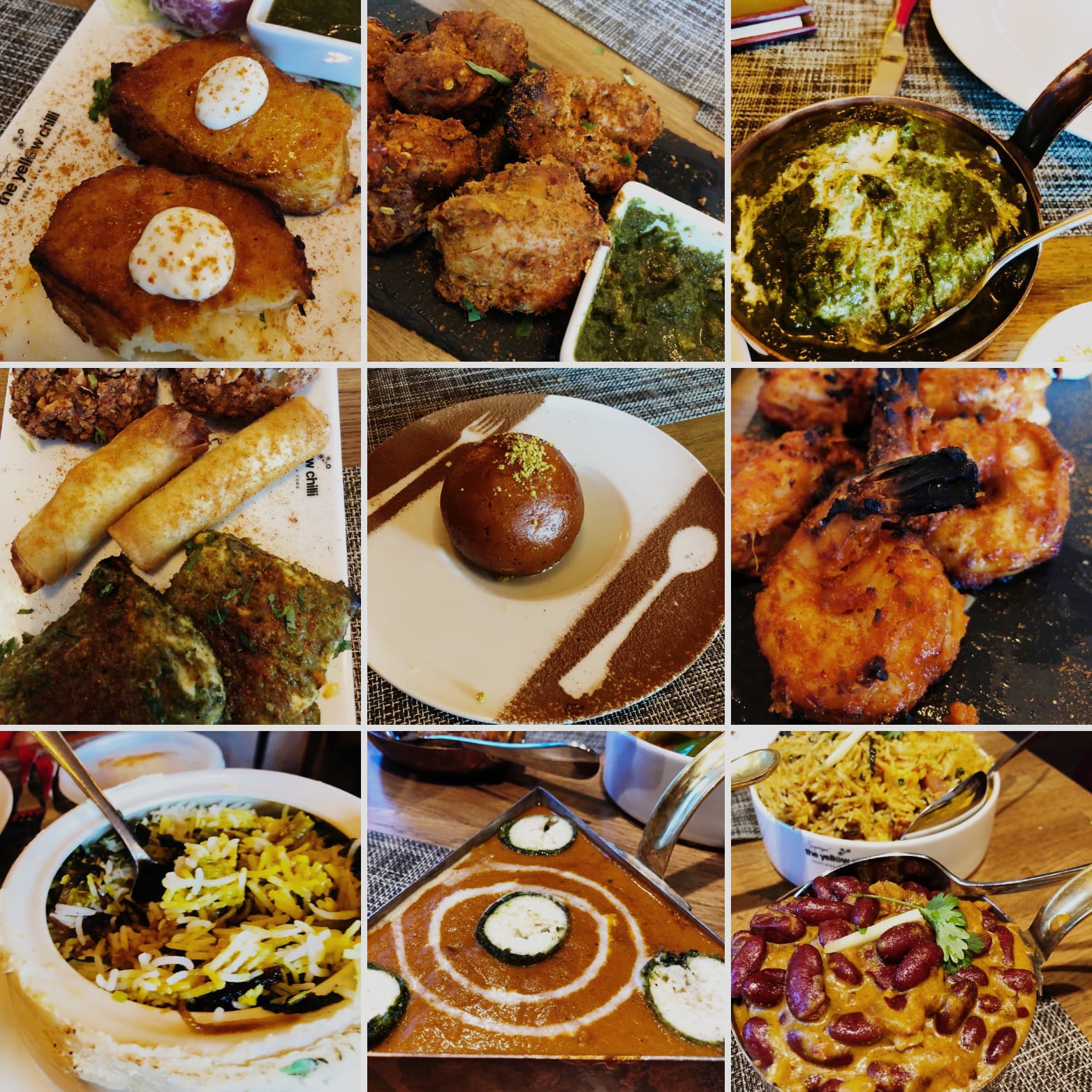Ask anybody with even a smattering of familiarity with India, and the name IIT is likely to evoke positive recall. The Indian Institutes of Technology have indeed carved a glorious niche for themselves in the annals of higher engineering education. In this modern world of all pervasive technology, the IITs are a matter of pride for India, with many of their alumni counting among the who’s who of business, industry and academia worldwide, adding to India’s growing soft power and prestige in the global arena.
The topic though is a different IIT, granting for some poetic license with the acronym. This is not the venerable institution, but it might well be one, in a manner of speaking, for it enjoys a similar eminent status in discerning international circles. This other IIT has also risen to prominence with India’s growing soft power. In so doing, it has made waves for India in the world of global cuisine. This is India’s International Tiffin. The Dosa.
The Dosa needs no introduction really. Its reputation precedes it, and naturally so. Sure, there are several other Indian snack foods, like the chaat dishes and the mithais, all deservedly popular. Amongst them all though, the unobtrusive dosa is arguably numero uno. It’s international stature only continues to swell with every passing day.
The dosa has certainly come a long way from its humble origins in the kitchens and tiffin houses of South India. It is the Indian analog of the Western crepe. The batter by default is usually made of fermented rice flour and black gram. You also have the rava dosa, made from semolina batter, and healthier alternatives with other grains, like millet or amaranth dosas. The dosa can be made crisp or soft, plain or with a variety of fillings (masala). It is usually served with piping hot sambar, a thick tangy stew flavored with vegetables, and one or more chutneys, fresh grated coconut chutney being the most popular.
Growing up in Tamil Nadu, there was no dearth of this most delightful of foods. You could have dosas for both breakfast and the evening tiffin, and even for lunch or dinner come to think of it. Eateries in the remotest towns and villages would serve the most magnificent dosas. In fact, the popularity of a restaurant had frequently to do with the quality of its dosa, and the dosa’s cousin, the idli. Several South Indian restaurant franchises, like the Udupi chain, would pride themselves on their dosas, which you could expect to be of consistently high standard. The quality depends on the batter of course, but the chef makes the final difference, for the dosa, ultimately, is a thing of delicacy. While a good dosa can be replicated with the right batter by a reasonably competent cook, the truly excellent dosa needs the kai pakkuvam, that spontaneous touch of hand innate to all chefs of fine standing.
Not too long ago in India, good dosas were generally to be had only south of the Vindhyas. North Indian eateries would almost always have a harder time serving up the same quality, and even if they managed to get the dosa right, the sambar or the chutney presented formidable challenges. Outside of major metros, dosas could generally be found in small town North India only if the place had a cosmopolitan population, like the steel city of Jamshedpur. But starting with the mid-eighties, and continuing into the 1990’s, the dosa’s fortunes began to climb. As more Indians began to travel and explore more of India, the dosa acquired the status of national tiffin.
Even remote hamlets could now serve up a dosa surprise, and among these, several were at travel hubs, like the canteens at stations on the Indian railway network. I recall distinctly the masala dosa at Rangiya, a sleepy town in faraway Assam. The dosa served in that lovely little rail cafe, after a journey of 60 hours from Bombay en route to Guwahati, was simply fabulous. Equally vivid are my memories of a small restaurant in the temple hamlet of Gaurikund, in the midst of a pilgrimage trek high up in the Himalayas. Lower down the hills, Mussorie and Rishikesh have been good dosa destinations for a while. But tasting the superb dosa in Gaurikund was a welcome change from the ubiquitous local breakfast staple, the aloo paratha. It lifted my travel weary spirits like magic.
Prime Minister Rajiv Gandhi certainly helped boost the dish’s popularity by mandating soft dosa and chutney on the in-flight menu for every one of his numerous foreign junkets. And then one fine morning I read in the newspaper that masala dosas were a big draw at the National Stadium in Karachi, venue of an ongoing test match between arch cricketing rivals India and Pakistan. The struggling Indian team may have found the Pakistani spectators partisan, but the crowd certainly showed no such prejudice against this appetizing snack of South Indian origins, which for many of them was a first. Merit, inevitably, is always applauded! Whoever was the smart entrepreneur at Karachi had certainly broken fresh ground for the dosa.
In the spring of 2001, I journeyed through Nepal and Tibet, in the course of my first ever visit to sacred Mt. Kailash. At that time, Kathmandu’s Thamel district featured delicious dosas, courtesy a restaurant run by a most lovely Sikh gentleman. Upon entering Tibet next, we were surprised by a delectable dosa breakfast in the hill town of Zhangmu. The dosa had clearly conquered the subcontinent.
Beyond India, Singapore, with its long-standing populace of Tamil origins, and innumerable Indian restaurants, has always been a dosa happy hunting ground. You could also find dosas in the UK, with perhaps links dating to pre-independence days. But the surge in the dosa’s global popularity in recent times, especially in North America, might well be attributed to the growth of India’s IT services sector. A good bit of the software boom was fueled by South Indians, who in the course of their increasing travels within and beyond India, brought with them both their fondness and their insatiable demand for the dosa.
Today, you can find a dozen dosa outlets in places as far apart as Dallas and Seattle, Atlanta and Toronto. Chains like Anjappar’s and Saravana Bhavan, of course, can be found serving dosas in New Jersey and San Jose. Purists might well frown, but the American penchant for innovation has led to fun new adaptations like the chocolate dosa, the corn dosa and the spinach and cheese dosa. Much like Pizza Hut, there’s the Dosa Hut chain, with one of its outlets right next door to the venerable Ganesha temple in Queens, New York. The temple canteen itself is justly famous for its outstanding dosa delights, and home quality food in general. And not surprisingly, in the San Francisco Bay Area, we have a restaurant chain named for the dish itself, the Dosa, with locations in Fillmore, Valencia and Oakland. Beyond the scores of South Indian restaurants in Silicon Valley, there are Dosaterias now at Whole Foods Market, and then there’s also Vik’s market in Berkeley, a rare North Indian jewel whose dosa treats can give most South Indian dosa houses a run for their money.
Back in my college days at IIT Bombay, the affable Prof Chandrasekhar, Dean of Student Affairs, was fondly referred to as the Dosa, not merely by us students, but I suspect, by his own colleagues as well. It only served to reinforce for us the excellence of IIT, both of the institution and the tiffin. No IIT alumnus will grudge the dosa this sharing of appellations!
I sometimes wonder if we could have a sequel to the likes of A. L. Basham’s extraordinary tome of the 1950’s, ‘The Wonder That Was India’. If Basham had to extend his time horizons to cover modern India, there are several things he would find worthy to write about. For sure, both types of IIT will feature prominently, the institution and the dosa. Both are stellar global ambassadors of today’s Wonder That Is India.

